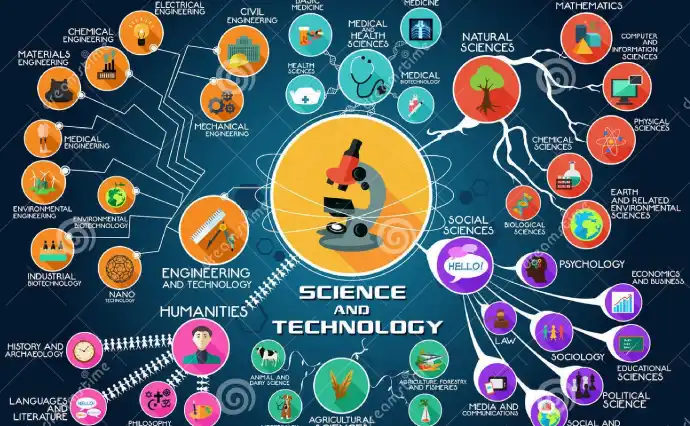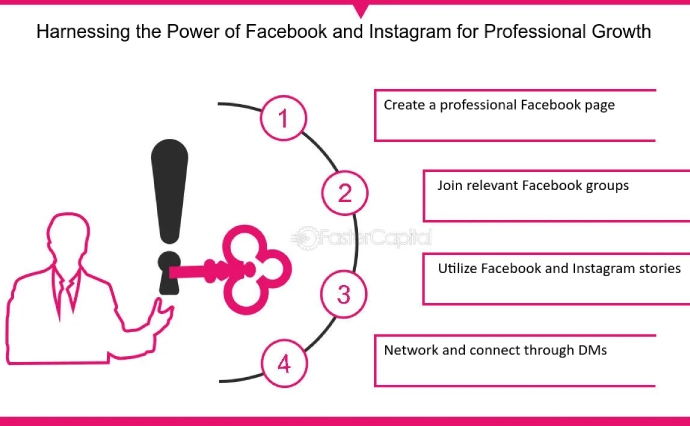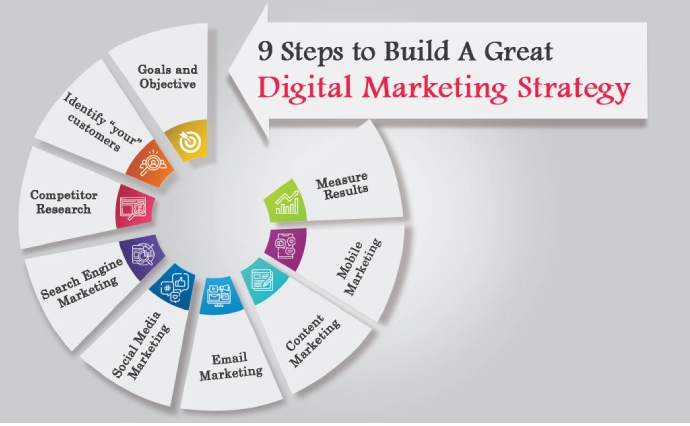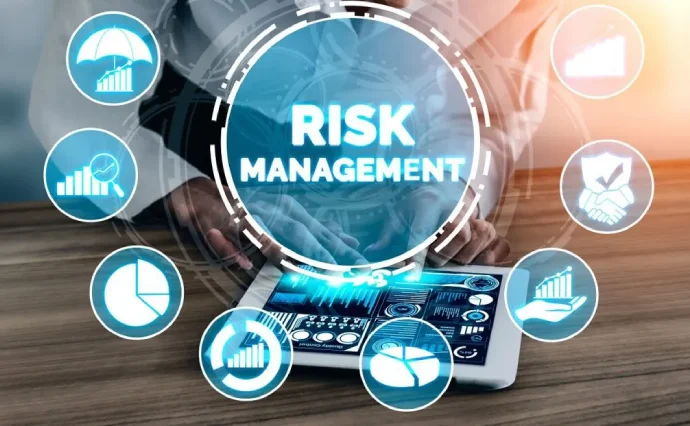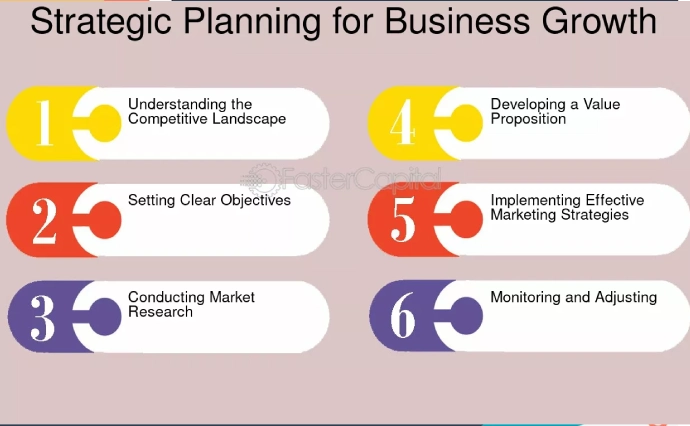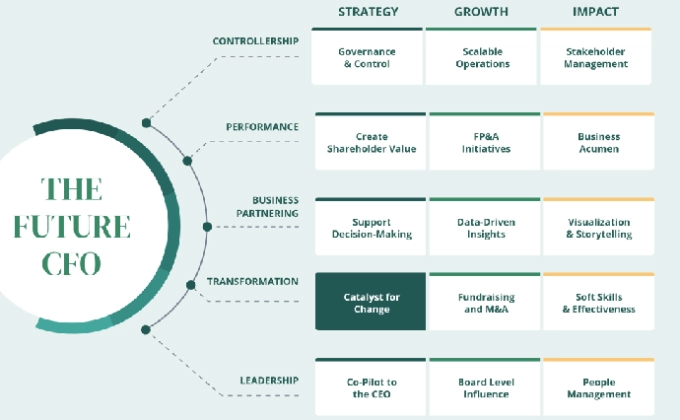Science and technology are the driving forces behind the rapid changes shaping our world today. From the gadgets we use daily to the advanced medical treatments saving lives, science and technology influence nearly every aspect of modern life. By fostering innovation, they pave the way for new ideas, products, and solutions that address global challenges and improve the quality of life. Understanding the importance of science and technology helps us appreciate their role in unlocking the future and ensuring continued progress for generations to come.
Science and Technology: Unlocking the Future of Innovation
Science and technology are powerful forces driving innovation in today’s world. They shape the way we live, work, and interact with each other. The continuous progress in these fields leads to the creation of new ideas, products, and solutions that change industries and society. Understanding the connection between science and technology helps us appreciate their role in unlocking the future of innovation.
The Relationship Between Science and Technology
Science and technology are deeply connected, and this connection is essential for driving progress. While science is the study of the natural world, focusing on understanding the principles and laws that govern everything around us, technology, on the other hand, is the application of scientific knowledge to create tools, devices, and systems that solve problems and improve our lives. Therefore, together, science and technology fuel innovation by turning ideas into practical solutions.
Moreover, many technological advancements are built on scientific discoveries. For example, the development of smartphones, electric cars, and medical devices all rely heavily on scientific research. This relationship clearly shows how science provides the foundation for technological progress. As a result, it becomes possible to create innovative products that have a significant impact on society.
.How Technology Accelerates Scientific Research
Technology plays a crucial role in accelerating scientific research. In fact, advanced tools and machines make it easier for scientists to conduct experiments and gather data. For instance, computers, software, and data analysis programs allow researchers to process information quickly and accurately.
To illustrate, one example of technology aiding science is in the field of genetics. With the help of advanced DNA sequencing machines, scientists can now study genes at a much faster rate than before. As a result, this has led to important breakthroughs in understanding diseases and developing new treatments

Innovations Reshaping Industries: Examples and Impact
Science and technology are transforming industries across the globe. From healthcare to transportation, new innovations are changing the way businesses operate and how people experience the world.
- Healthcare: Medical technology has advanced rapidly thanks to scientific research. Devices like MRI machines, robotic surgery tools, and wearable health trackers have revolutionized patient care. These technologies improve accuracy in diagnosis, reduce risks during surgery, and allow individuals to monitor their health in real-time.
- Transportation: Science and technology have also reshaped the transportation industry. Electric vehicles (EVs) are becoming more popular as they help reduce pollution and dependence on fossil fuels. Autonomous vehicles, powered by AI, are another technological innovation that is expected to transform how we travel in the future.
- Communication: Innovations in communication technology, such as smartphones and the internet, have made it easier for people to connect globally. These advancements have created new opportunities in education, business, and entertainment.
The impact of these innovations is far-reaching. They not only improve the quality of life but also create new industries and job opportunities, contributing to economic growth and development.
The Future Potential of Science and Technology
As science and technology continue to evolve, the future holds even greater potential for innovation. Emerging fields such as nanotechnology, biotechnology, and quantum computing are expected to lead to breakthroughs that will further revolutionize industries and improve lives.
Governments, businesses, and educational institutions must continue to support scientific research and technological development. By investing in these areas, we can ensure that the next generation of innovations will address the challenges of the future and unlock new opportunities for growth and progress.
In conclusion, the connection between science and technology is key to unlocking the future of innovation. Together, they create new possibilities that shape our world and improve our lives.
Science and Technology: Revolutionizing Everyday Life
Science and technology have revolutionized the way we live, making our daily lives more convenient, connected, and efficient. From smart devices that help us complete tasks to medical advancements that save lives, science and technology continue to shape the world around us. As we move forward, the impact of these innovations on everyday life will only grow stronger, changing how we interact with the world and each other.
Technological Advancements in Household Devices
One of the most visible ways science and technology have changed our lives is through the development of smart household devices. These devices make everyday tasks easier, helping us save time and energy. From smart refrigerators that track food inventory to robotic vacuum cleaners that handle cleaning chores, technology is making homes smarter and more efficient.
- Smart Appliances: Many household appliances are now equipped with smart technology, allowing them to connect to the internet and be controlled remotely. For example, smart ovens can be programmed to cook meals at specific times, while smart washing machines can be started or stopped using a smartphone app. These advancements make it easier to manage daily chores, even when we are away from home.
- Home Automation: Science and technology have also led to the rise of home automation systems. These systems allow users to control lighting, heating, security cameras, and other devices through a single app or voice command. With just a few taps on a screen, homeowners can adjust their environment to suit their needs, creating a more comfortable and secure living space.
Science’s Influence on Healthcare and Wellness Technologies
The impact of science and technology on healthcare has been profound. Innovations in medical devices, treatments, and health-monitoring tools have greatly improved the quality of care patients receive. These advancements not only help doctors diagnose and treat illnesses more effectively, but they also empower individuals to take control of their own health.
- Wearable Health Trackers: Wearable technology, such as fitness trackers and smartwatches, has become increasingly popular. These devices monitor physical activity, heart rate, sleep patterns, and more, helping users maintain a healthy lifestyle. By providing real-time data, wearable health trackers encourage people to stay active and make better health decisions.
- Telemedicine: Science and technology have also transformed the way healthcare is delivered. Telemedicine allows patients to consult with doctors and specialists remotely, eliminating the need for in-person visits. This is especially useful for people in remote areas or those with limited mobility. Telemedicine has made healthcare more accessible and convenient, improving outcomes for many patients.
The Role of Technology in Education and Communication
Advancements in science and technology have significantly impacted education and communication, making information more accessible and creating new opportunities for learning and interaction.
- Online Learning: The rise of online learning platforms has revolutionized education. Students can now access courses, lectures, and study materials from anywhere in the world, allowing them to learn at their own pace. This has opened doors for individuals who might not have had access to traditional education, making learning more inclusive and flexible.
- Digital Communication: Technology has transformed how we communicate with others. Social media platforms, messaging apps, and video calls allow people to stay connected regardless of distance. Whether it’s keeping in touch with family members or collaborating with colleagues, technology has made communication faster and more efficient.
How Science and Technology Continue to Transform Lives
The continuous advancements in science and technology show no signs of slowing down. As these fields evolve, we can expect even greater changes in how we live, work, and interact with the world. From smart homes and wearable health devices to online education and digital communication, the influence of science and technology will only grow stronger.
In conclusion, science and technology are revolutionizing everyday life in countless ways. By making daily tasks easier, improving healthcare, and transforming education and communication, these innovations have a profound impact on our lives. As we look to the future, the ongoing development of science and technology will continue to shape the world around us, creating new possibilities and improving our quality of life.
Science and Technology: Advancing Health and Medicine
Science and technology have brought incredible advancements to health and medicine, improving the quality of life for millions of people worldwide. These advancements have not only made healthcare more efficient but also opened up new possibilities for treatments and cures. From medical devices to breakthroughs in genetic research, science and technology continue to push the boundaries of what is possible in the field of healthcare.
Innovations in Medical Technology: Transforming Patient Care
Medical technology has rapidly evolved over the past few decades, thanks to scientific discoveries. These innovations have transformed the way healthcare professionals diagnose, treat, and care for patients. Whether it’s a new diagnostic tool or a cutting-edge treatment, technology is reshaping patient care.
- Diagnostic Tools: Advanced diagnostic tools have made it easier for doctors to detect diseases earlier and more accurately. For example, imaging technologies like MRI (Magnetic Resonance Imaging) and CT (Computed Tomography) scans allow doctors to see inside the body without surgery. This helps them make better decisions about treatment, leading to improved outcomes for patients.
- Surgical Technology: Robotics and minimally invasive surgery are two areas where science and technology have made a significant impact. Robotic-assisted surgery allows doctors to perform complex procedures with precision, reducing the risk of complications. Minimally invasive techniques result in shorter recovery times and less pain for patients, making surgeries safer and more effective.
How Scientific Research Drives Medical Breakthroughs
Scientific research is at the heart of many medical breakthroughs. By studying diseases, researchers can find new ways to treat or even cure them. Advances in technology have made it possible to conduct research more efficiently, leading to faster discoveries and better treatments.
- Genetics and Genomics: One of the most exciting areas of scientific research is genetics and genomics. With advancements in DNA sequencing technology, scientists can now study genes in greater detail. This research has led to personalized medicine, where treatments are tailored to a person’s genetic makeup. For example, in cancer treatment, doctors can use genetic information to choose therapies that are most likely to work for a specific patient.
- Stem Cell Research: Stem cell research is another area where science and technology have the potential to change medicine. Stem cells have the ability to turn into different types of cells, which means they could be used to repair damaged tissues or organs. Scientists are exploring how stem cells can be used to treat conditions like heart disease, diabetes, and spinal cord injuries.
The Role of Biotechnology in Improving Health Outcomes
Biotechnology, which combines biology with technology, has had a profound impact on health and medicine. By using living organisms or their components, biotechnology has led to the development of new drugs, vaccines, and therapies that improve health outcomes.
- Biopharmaceuticals: One of the key contributions of biotechnology is the creation of biopharmaceuticals. These are drugs produced using living cells and are often more effective than traditional chemical-based medicines. Biopharmaceuticals have been used to treat conditions such as cancer, rheumatoid arthritis, and multiple sclerosis, providing patients with better treatment options.
- Vaccines: Biotechnology has also played a crucial role in vaccine development. Vaccines have been one of the most effective tools in preventing diseases, and advances in biotechnology have made it possible to create vaccines faster and more efficiently. The development of COVID-19 vaccines is a recent example of how biotechnology can respond quickly to global health challenges.
The Future of Health and Medicine with Science and Technology
The future of health and medicine looks promising, thanks to ongoing advancements in science and technology. Emerging fields such as artificial intelligence (AI), nanotechnology, and precision medicine are expected to revolutionize healthcare even further. AI can help doctors analyze medical data more quickly, while nanotechnology offers new ways to deliver drugs directly to diseased cells.
FAQs:
1. How have science and technology improved healthcare?
Science and technology have improved healthcare by providing advanced diagnostic tools, cutting-edge treatments, and more efficient care. Innovations such as robotic surgery, personalized medicine, and wearable health devices have made medical procedures safer, quicker, and more effective.
2. What role does biotechnology play in medicine?
Biotechnology plays a vital role in medicine by combining biology and technology to develop new drugs, vaccines, and therapies. It has led to the creation of biopharmaceuticals, which are often more effective than traditional medicines, and has accelerated the development of vaccines, such as those used to combat COVID-19.
3. How does genetic research impact personalized medicine?
Genetic research allows scientists to understand individual genetic differences, leading to personalized medicine. This means treatments can be tailored to a patient’s unique genetic makeup, improving effectiveness and reducing side effects. It’s especially useful in treating diseases like cancer.
4. What are some examples of medical technology innovations?
Some examples of medical technology innovations include MRI and CT scanners for non-invasive diagnostics, robotic-assisted surgeries for precision, and wearable devices that monitor health in real-time. These technologies enhance the accuracy of diagnoses and improve patient care.
5. How will future advancements in science and technology impact healthcare?
Future advancements in science and technology, such as artificial intelligence (AI), nanotechnology, and precision medicine, are expected to further transform healthcare. AI can help doctors analyze large amounts of medical data, nanotechnology can deliver targeted treatments, and precision medicine will allow for highly personalized treatments based on individual patient needs.
conclusion,
In conclusion, the synergy between science and technology is pivotal for advancing research and development. By leveraging advanced tools and machines, technology significantly accelerates the pace at which scientific discoveries are made. For instance, the rapid analysis enabled by DNA sequencing and the powerful data processing capabilities of artificial intelligence exemplify how technological innovations enhance scientific progress.
Furthermore, as these technologies continue to evolve, their impact on research will only grow stronger. Thus, the ongoing integration of science and technology is essential for unlocking new possibilities and solving complex challenges. Ultimately, the collaboration between these fields not only accelerates discoveries but also transforms the way we understand and interact with the world. As we look to the future, embracing these advancements will be crucial for driving further innovation and improving our quality of life.



